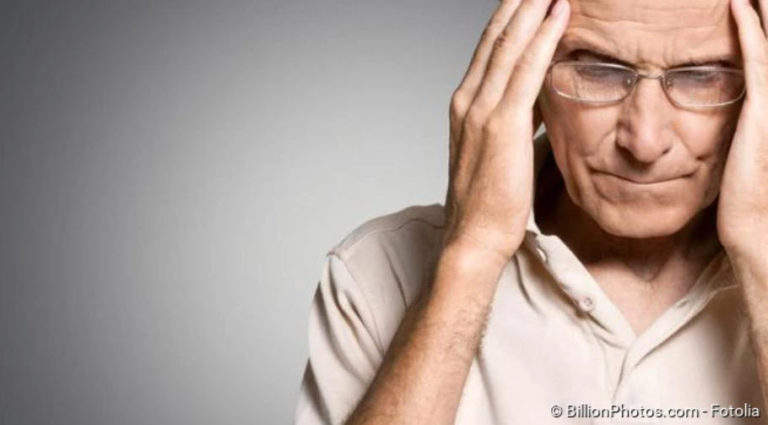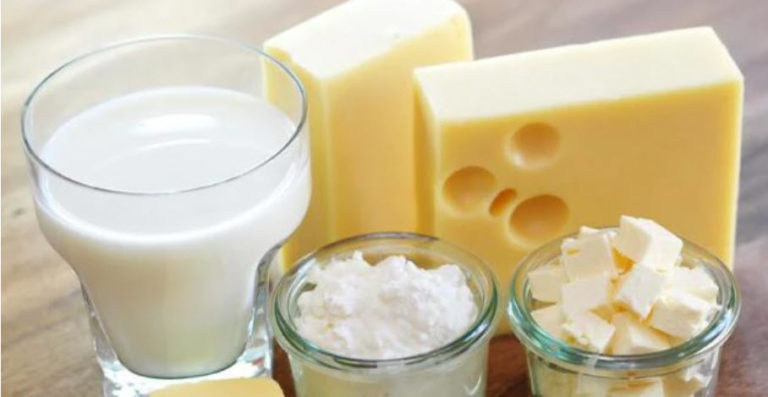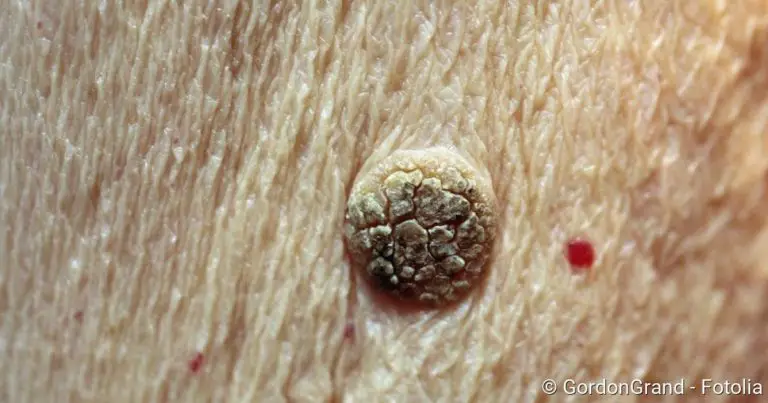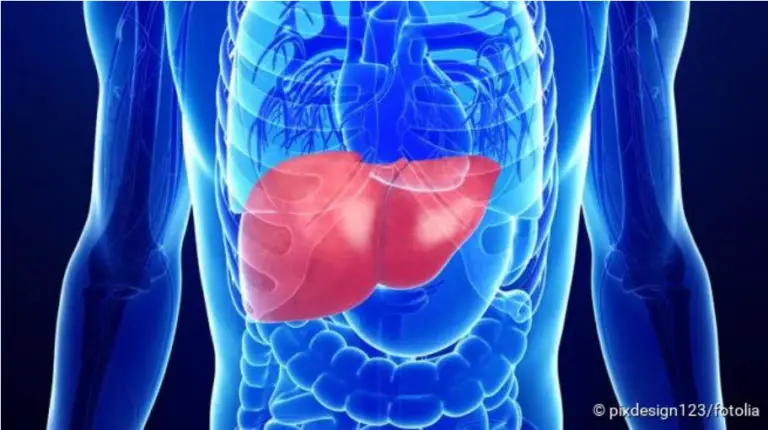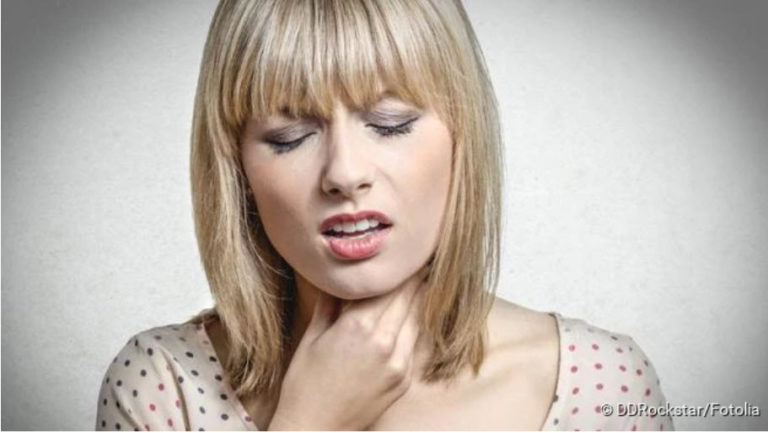Tennis Elbow (Lateral Epicondylitis): Treatment, Symptoms, Causes
Tennis Elbow (lateral epicondylitis)
Despite the name, the Tennis elbow (lateral epicondylitis) not only in tennis players (3). Rather, the term describes a painful change in certain tendons (4) in the area of the elbow (1). It is triggered by overstraining through recurring movements (2). Such movements are often performed by tennis players (6), but also by other people (7). Here you can read all the important information on the topic: How can you recognize Tennis elbow (lateral epicondylitis)? What to do about the symptoms? What are the chances of recovery?

Short overview
- What is Tennis elbow (lateral epicondylitis)? Painful overloading of certain tendons in the area of the elbow.
- Symptoms: Pressure pain on the outside of the elbow, joint can no longer be fully stretched, weakness in the wrist
- Causes: Recurring movements in the elbow joint as for example with frequent computer work (particularly work with the mouse in front of the computer), musicians (such as violinists) or sportsmen (such as rowers or tennis players)
- Diagnostics: Doctor-patient consultation, various tests (movement and grip tests), X-rays, possibly magnetic resonance imaging (MRI) or ultrasound
- Treatment: Immobilization, relief, cooling, and later possibly warming (5), if necessary special bandage as well as medication, stretching and strengthening exercises etc. In some cases surgery.
- Responsible specialist: Orthopaedic surgeon
- Prognosis: Protracted healing process, but good chances of complete recovery.
Symptoms Of Tennis Elbow (lateral epicondylitis)
- Relaxed position – the elbow can no longer be stretched
- Pressure pain on the outside of the elbow
- Pain of movement
- Wrist weakness
- no strength to close a fist
- Tingling in the hand
Causes And Risk Factors Of Tennis Elbow (Lateral Epicondylitis)
Tennis elbow (lateral epicondylitis) is caused by an overload in the outer area of the elbow. Straining, recurring movements, or a sudden increase in load without sufficiently prepared muscles cause microscopic cracks in the tissue. Tendons and fibrous cartilage are most susceptible to such micro-injuries (microtraumas). The resulting pain may radiate into the upper or lower arm.
In principle, Tennis elbow (lateral epicondylitis) can be favored by the following risk factors:
Unilateral stress: Both overloading during sport and monotonous movements with little stress in everyday life and at work can be the cause of Tennis elbow (lateral epicondylitis). For example, people who work a lot on the computer (especially working with the mouse), certain craftsmen (frequent hammering!), musicians (such as violinists), domestic workers (a lot of ironing!) as well as athletes (such as rowers or tennis players) easily develop Tennis elbow (lateral epicondylitis).
A weak forearm musculature as well as a higher age (decreasing tendon elasticity!) additionally favor micro-injuries in the elbow area and thus a Tennis elbow (lateral epicondylitis).
(Previous) diseases and treatments: Sometimes earlier illnesses can also be the cause of Tennis elbow (lateral epicondylitis). This can be a previous accident or a joint disease. Previous conservative or surgical treatment in the elbow area can also increase the risk of Tennis elbow (lateral epicondylitis).
Diagnosis And Examinations Of Tennis Elbow (lateral epicondylitis)
If you suspect Tennis elbow (lateral epicondylitis), you should visit your family doctor. Some patients also go directly to an orthopaedic specialist. The doctor will first talk to you in detail to take your medical history. This is followed by a physical examination with various tests. To rule out other causes of pain, he may also perform additional imaging examinations (such as X-rays).
Medical history
During the anamnesis interview, the doctor will ask about the exact symptoms, possible injuries or previous illnesses and possible triggers for the symptoms. This information helps the doctor to narrow down the cause of the complaints. Possible questions of the doctor are for example
- Have you injured your arm, for example by falling?
- Have you ever had complaints of the arm for no apparent reason before?
- Where exactly do you feel pain?
- Is it pain during movement or at rest?
- Are activities with the hand, such as grasping strongly, painful?
- Does the arm or hand feel weak because of the pain?
- Which is your work? Which sport do you practice?
Physical examination and tests
After the patient interview, the doctor will examine your arm. Even at first glance, a relieving posture of the arm can be noticeable: Many patients with Tennis elbow (lateral epicondylitis) instinctively keep the elbow still and avoid stretching the forearm completely. For a more precise examination, the doctor palpates the elbow and checks whether certain areas react with pressure pain.
So-called provocation tests are also important for the diagnosis: for example, the doctor asks you to stretch your hand in the wrist against resistance (i.e. to move the back of your hand towards the forearm). In the case of Tennis elbow (lateral epicondylitis), this causes pain, because the hand extensor (Musculus extensor carpi radialis brevis) on the spoke side is usually affected. In Tennis elbow (lateral epicondylitis), the superficial extensor of the forearm (M. extensor digitorum communis) also often gives a jerk: In this case, it hurts when the middle finger is stretched against a resistance.
Another characteristic of Tennis elbow (lateral epicondylitis) is the so-called “coffee cup test“. And this is to be taken literally: The doctor will let you lift a full cup with the hand of the arm in question. If this causes you pain, this indicates a Tennis elbow (lateral epicondylitis). The stool test is also revealing: Here you have to lift a chair by its backrest with one hand with your arm stretched out and your forearm turned inwards. This is very painful for Tennis elbow (lateral epicondylitis).
In order to exclude other possible causes for the complaints, the doctor will also examine your cervical spine, shoulder, and hand and assess blood circulation, motor skills, and sensitivity (including nerve constriction signs) in the arm in question.
Imaging examinations
With the help of an X-ray examination, the doctor can exclude some other possible causes for the pain in the elbow joint, for example, arthrosis. In the case of Tennis elbow (lateral epicondylitis), the X-ray is usually inconspicuous. In some patients, calcification of the tendon insertion is visible – but this does not affect the course of the disease.
In addition, magnetic resonance imaging (MRI) or ultrasound examination can also be performed. This is mainly performed in the case of unclear elbow injuries. With the help of these examination methods, the doctor can, for example, rule out a tumor. In the case of chronic complaints, the MRI shows the degree of tendon wear. This, in turn, gives an indication of the expected course of the disease.
Treatment Of Tennis elbow (lateral epicondylitis)
There is no generally accepted uniform procedure for the treatment of Tennis elbow (lateral epicondylitis) that has been scientifically proven to promise the best therapeutic success. In any case, however, the first thing to do is to eliminate the cause of the overload: The elbow is immobilized and spared.
Conservative measures such as cooling and possibly painkillers alleviate the symptoms. It may be advisable to wear a special bandage or an epicondylitis brace, a kind of pressure bandage. Other possible therapeutic measures include ultrasound treatment and stretching and strengthening exercises. In severe cases, if conservative Tennis elbow (lateral epicondylitis) treatment does not help sufficiently, surgery may be necessary.
You can read more about the different ways of treating Tennis elbow (lateral epicondylitis) in the following text below:
Treat Tennis elbow (lateral epicondylitis) with conservative measures
Relief: The aim of Tennis elbow (lateral epicondylitis) therapy is to restore the function of the muscle-tendon unit in the elbow area. In doing so, it is first of all important to eliminate the corresponding cause (overloading). In the case of acute Tennis elbow (lateral epicondylitis), the arm is first spared, relieved, elevated and supported with a Tennis elbow (lateral epicondylitis) splint, for example. At the same time, you should avoid overexertion and incorrect strain in everyday life, work and sport.
For the time after recovery, it is important to correct the movement patterns that are thought to have caused the Tennis elbow (lateral epicondylitis): This can be done, for example, by adjusting the workplace (ergonomic computer mouse) or by training in technique (e.g. stroke technique in tennis). In addition, regular breaks can prevent renewed overstrain.
Stretch and strengthen: In the course of Tennis elbow (lateral epicondylitis) treatment at home, you can and should stretch and strengthen the arm muscles – but only when you no longer experience severe pain when performing the exercises. Particularly targeted strength training can be helpful in the early stages of the disease: according to experts, this reduces the blood flow at the appropriate point, which reduces the pain.
There are also special Tennis elbow (lateral epicondylitis) stretching exercises: For example, stretch your elbow all the way out, turning your forearm inwards. Then gently stretch the aching hand so that the fingers are pointing outwards. You should hold the tension for 15 seconds, then take a short break and finally start again from the beginning. You can repeat this training up to three times a day.
Discuss such exercises with your physiotherapist or doctor beforehand and let them show you how to do them correctly.
Physical therapy: Tennis elbow (lateral epicondylitis) can also be treated with physical therapy measures. Suitable are, for example, massages of the wrist muscles and heat or cold treatments. Whether Tennis elbow (lateral epicondylitis) should be cooled or warmed depends on the stage of the injury: In the acute stage and after intensive exertion, cold has a soothing effect (put on ice wrapped in a towel for 20 to 30 minutes, pause for an hour, repeat). On the other hand, heat is much more beneficial in the chronic stage of Tennis elbow (lateral epicondylitis).
Bandages and wrist braces: In the case of pronounced complaints, affected persons can wear a Tennis elbow (lateral epicondylitis) and wrist brace (epicondylitis brace) for several weeks. It is available in some sports shops or in medical supply stores. The epicondylitis brace exerts pressure on the corresponding muscles and tendons of the forearm by means of a small cushion (pad), so that it is better stabilized and the attachment of the extensor tendon is relieved. The pad is activated when the fist is closed. The epicondylitis brace restricts the movement of the arm, which is useful in this case: “forced immobilization” can speed up the healing process.
The pad should be positioned about five centimetres below the elbow joint. A finger should fit between the arm and the pad.
Taping: Tape bandages and so-called kinesiotapes can also relieve the symptoms of Tennis elbow (lateral epicondylitis). To tape Tennis elbow (lateral epicondylitis) correctly, you can find instructions on the Internet. However, your physiotherapist can do the taping more easily and professionally.
Medication: Doctors often use anti-inflammatory drugs to treat Tennis elbow (lateral epicondylitis) (either applied locally, for example in the form of gel or taken by mouth). Apart from the classic rheumatism drugs (anti-inflammatory drugs), there are also various painkillers, drugs for muscle relaxation, herbal preparations, enzymes and nucleotides. You should discuss with your doctor which preparations are useful in individual cases.
Ultrasound: Treatment with ultrasound can also be an effective remedy for Tennis elbow (lateral epicondylitis). It is used either to transport pain-relieving substances under the skin (sonophoresis) or to generate local heat. This improves the local blood circulation, loosens the muscles, and can thus promote the healing process.
Transcutaneous electrical nerve stimulation (TENS): TENS is a gentle form of electrotherapy and is also called stimulation current therapy. Light electrical impulses are delivered to pain-conducting nerve fibers. This can inhibit the transmission of pain stimuli and thus relieve the symptoms.
Infiltration therapy: Some doctors inject patients with Tennis elbow (lateral epicondylitis) with a local anaesthetic to interrupt the nerve conduction in the affected area and thus relieve the pain. Anti-inflammatory cortisone can also be injected. It is also possible to inject the nerve toxin botulinum toxin (“Botox”) at the main pain point and into the affected muscles. This “paralyzes” the muscles for a few months, allowing them to recover.
Other treatment options include extracorporeal shock wave therapy (pain relief through externally generated pressure waves), X-ray stimulation (to inhibit inflammation and relieve pain), and laser treatment. However, their effectiveness in the treatment of Tennis elbow (lateral epicondylitis) has only been proven by a few studies.
Operation Of Tennis elbow (lateral epicondylitis)
In principle, Tennis elbow (lateral epicondylitis) treatment can also be done surgically. The surgeon cuts through the origin of the tendons of the extensor muscles to relieve the tissue. In addition, sometimes two millimeters of the bone crest of the bony protrusion of the humerus are cut off.
In most cases, such an operation achieves good results. However, it is only advisable in severe cases of Tennis elbow (lateral epicondylitis) if conservative treatment over several months has not been successful. For example, an operation may be indicated in cases of long-lasting and very severe pain that restricts everyday life. Surgery may also be necessary for patients who have accompanying injuries in addition to Tennis elbow (lateral epicondylitis).
Tennis elbow (lateral epicondylitis) & homeopathy
Some patients with Tennis elbow (lateral epicondylitis) treat their complaints with homeopathic remedies in addition to conventional medicine. Arnica, for example, is said to help against acute inflammation and pain. If the pain subsides with slight movement, Rhus Toxicodendron is often recommended. If, on the other hand, every movement is painful, Bryonia should be more suitable. Ruta is also considered a proven remedy for tendon and periosteum injuries.
Prognosis Of Tennis elbow (lateral epicondylitis)
The prognosis for Tennis elbow (lateral epicondylitis) is good. However, the treatment can be lengthy. Those affected have to prepare themselves for several months with painful movement and stress impairments.
In about 80 out of 100 people affected, the complaints disappear completely within a year. In many cases, conservative treatment with medication, physiotherapy, and infiltration therapy is sufficient. An operation is only necessary if other therapeutic approaches have no effect and/or the patient has severe complaints about a longer period of time.
In general, the following applies to Tennis elbow (lateral epicondylitis): The earlier therapy is started, the greater the chances of success. The therapy should also be carried out consistently, otherwise, the pain can become stronger and even chronic.
Prevent Tennis elbow (lateral epicondylitis)
If, for example, you are susceptible to Tennis elbow (lateral epicondylitis) due to your job or a (sporting or musical) hobby, there are a number of things you can do to prevent (re)strain. For example, strengthen the muscles of the arms by regular training, take a break from monotonous exercise, and visit your doctor at the first signs of this condition.
Golfer’s Elbow And Tennis elbow (lateral epicondylitis)
Overstraining of the golfer’s elbow through recurring movement patterns is the trigger for complaints in the arm area. While Tennis elbow (lateral epicondylitis) is affected on the outside of the elbow, the much rarer golfer’s elbow (epicondylitis humeri ulnaris) causes complaints on the inside of the elbow.
Like we described for this disease, golfer’s elbow does not only affect a certain group of athletes (golfers), but also gymnasts, throwers, and strength athletes during free weight training, for example, if they want to compensate for their lack of technique with strength.
The treatment of the golfer’s arm is similar to the one we have described for this condition. The prognosis is also comparable: the complaints often disappear by themselves. If not, however, the chances of a complete cure are good with the earliest possible, correct treatment. However, the healing process may take a while.
You can read more about how to recognize golfer’s elbow and what you and your doctor can do about the pain in the article Golfer’s elbow.
